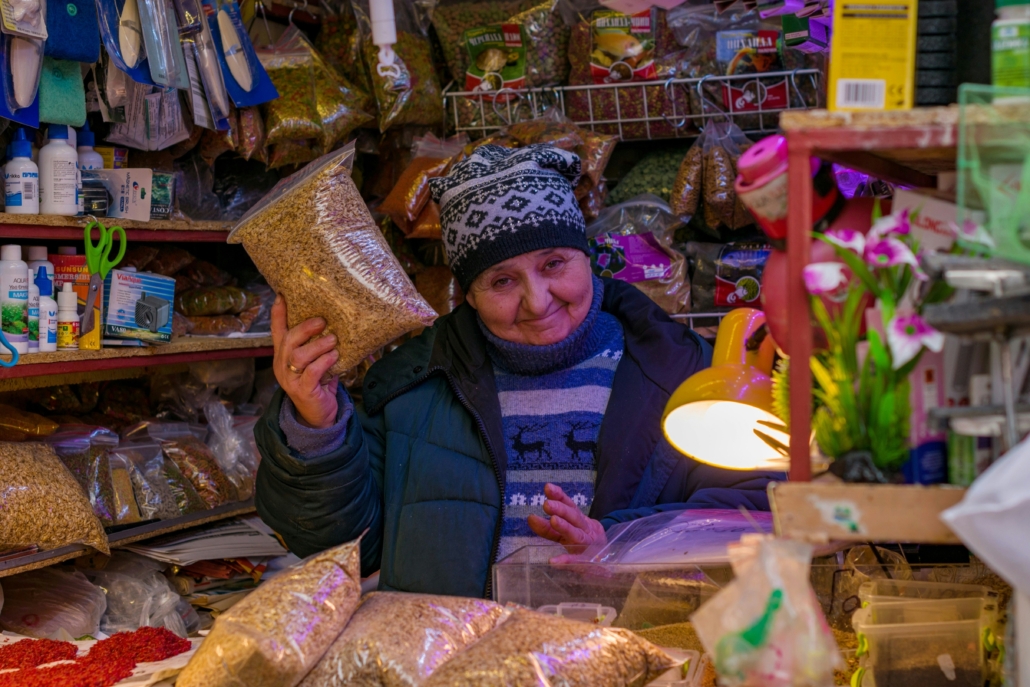 As Ukraine remains in a state of conflict and continues to face challenges related to war, a momentum for change is developing, one marked by resilience, global support and notable advancement to reduce poverty.
As Ukraine remains in a state of conflict and continues to face challenges related to war, a momentum for change is developing, one marked by resilience, global support and notable advancement to reduce poverty.
Ukraine is actively building and laying the foundation for a better future. International organizations, local NGOs, as well as government efforts are proving that even in the darkest of times, change is feasible. When exploring everything you need to know about poverty in Ukraine, it becomes clear that despite ongoing adversity, progress is taking root in multiple areas of Ukrainian society.
Understanding Poverty in Ukraine
As of 2023, more than 29%% of Ukraine’s population, about 9 million people, lived in poverty. This number rose drastically amid the war with Russia. Since 2020, an additional 1.8 million Ukrainians have fallen into poverty due to widespread job losses and a collapsing economy. One in five adults who had employment before the invasion are now without work, and nearly a quarter of households reported struggling to afford food in June 2023. Conditions would be far worse without international aid. Especially for the United States, which has helped fund critical public services like pensions and salaries for teachers and doctors. The war has deepened economic instability, pushing many working-class families closer to the margins of survival.
Poverty in Ukraine hits families with children the hardest, especially those with four or more children. These families face poverty rates of more than 80% and children are more likely than adults to live in poor conditions. This puts their education and development at risk. Still, the Ukrainian government has kept most health clinics open and helped nearly 89% of students keep learning, often online. Social support, like steady pension payments, has helped many families survive and avoid even worse hardship.
Global Aid Drives Impact
In late 2024, the World Bank approved more than $2 billion in financial support for Ukraine. This initiative aims to stabilize the economy and fund essential public services. It introduces key reforms that improve transparency, expand the use of renewable energy and strengthen agricultural production, which is a considerable resolve for Ukraine.
Under the THRIVE project, to boost Ukraine’s health system, a separate $454 million package is being used. The initiative aims to improve efficiency and quality of public health care spending by strengthening national health services and expanding access for underserved communities.
Humanitarian Efforts to Address Poverty in Ukraine
In addition to major international funding, the civil society of Ukraine is playing a critical role in local recovery efforts. Razom, a U.S.-based nonprofit founded by Ukrainian immigrants, continues to make a significant impact. In 2023, the organization awarded more than $3 million in grants, reaching more than 330,000 people with support for food, shelter, education and attention to mental and trauma care.
Meanwhile, a leading example of trauma recovery emerges as the Superhumans Center located in Lviv is observed. Since its launch in April 2023, the facility has treated more than 1,000 amputees, a majority being treated for war injuries, being provided with prosthetics, reconstructive surgery and physiological care. It stands as a symbol of resilience and hope, making it more than a medical center.
Understanding poverty in Ukraine means recognizing how both global and local actions are addressing not just economic hardship, but also the human and emotional costs of conflict. These combined efforts are helping restore lives and rebuild communities.
While poverty remains a reality for many Ukrainians, structural progress is underway. In 2024, grain and oilseed exports increased by 20%, and more than 75% of export operations resumed though Black Sea ports, an essential lifeline for the nation’s economy.
The government continues to improve digital infrastructure, expanding access to online services. For the fourth consecutive year, more government websites have met accessibility standards, allowing a greater number of Ukrainians, including those with disabilities, to access essential information and services.
Looking Ahead
Addressing poverty in Ukraine involves more than statistics. It is about the strength of people and institutions forging a path forward. While poverty remains a pressing issue, Ukraine’s path forward is progressively defined by recovery and renewal rather than survival. Efforts to rebuild a strong and inclusive society are in progress, supported by steady advantage in health care, education and economic infrastructure. Although these developments may unfold indistinctly, they are consistent and measurable. From a noticeable increase in clinics to rising export numbers, the country is making true advancements. For many Ukrainians, that gradual progress signals a shift towards stability and hope.
– Vasara Mikulevicius
Vasara is based in West Bloomfield, MI, USA and focuses on Good News for The Borgen Project.
Photo: Unsplash
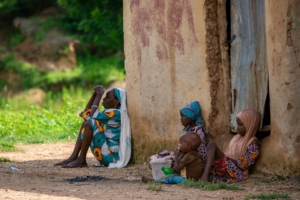
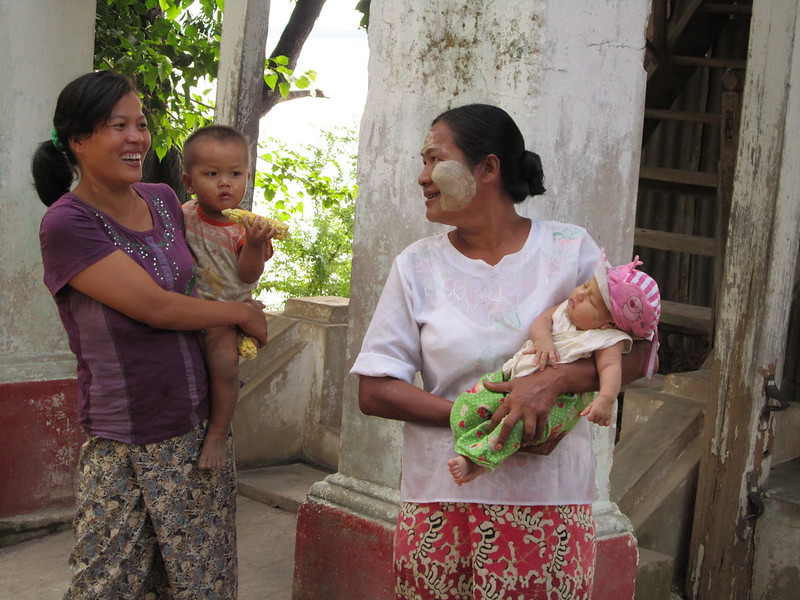 Since gaining
Since gaining 
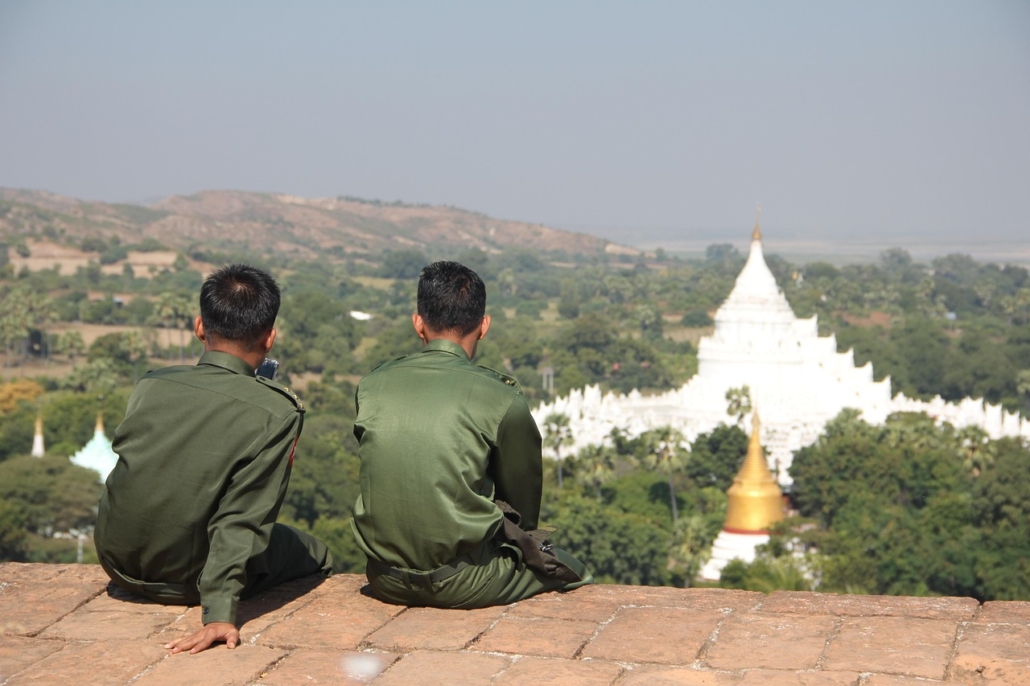
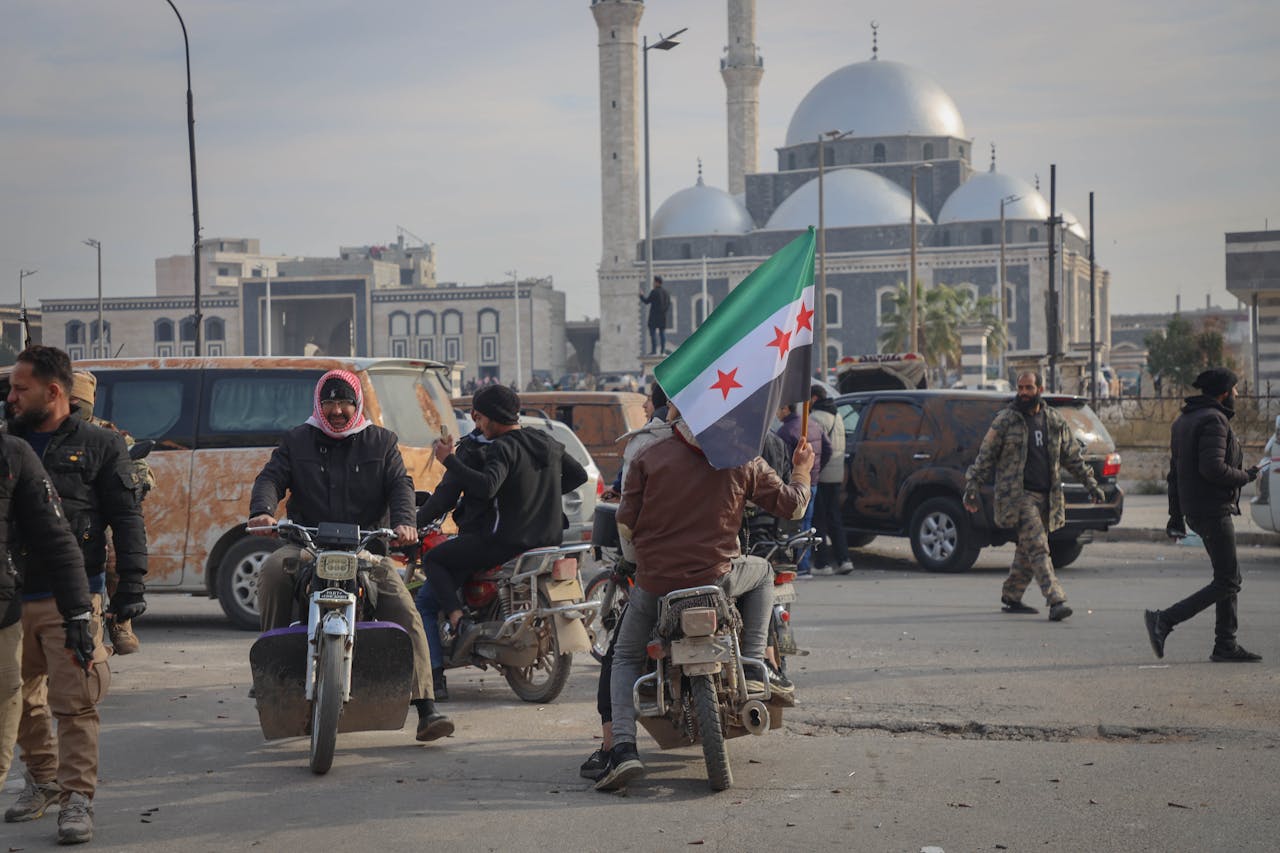
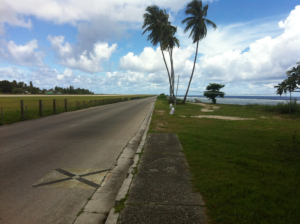
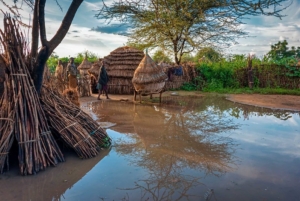
 The Democratic Republic of Congo (DRC) is grappling with a prolonged crisis where humanitarian aid alone is insufficient for lasting peace. Decades of armed conflict have destabilized the nation, displacing millions and thwarting sustained development efforts. With nearly
The Democratic Republic of Congo (DRC) is grappling with a prolonged crisis where humanitarian aid alone is insufficient for lasting peace. Decades of armed conflict have destabilized the nation, displacing millions and thwarting sustained development efforts. With nearly 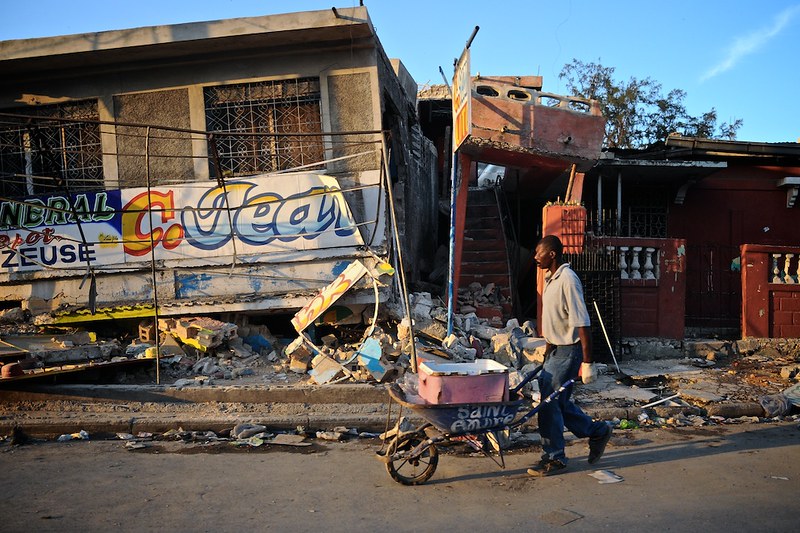 Since Jan. 2024, gang violence in Haiti has
Since Jan. 2024, gang violence in Haiti has 